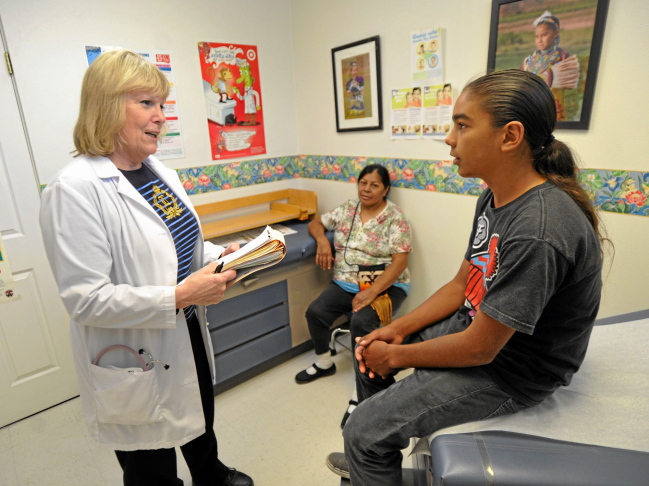Live Well San DiegoBy: Nick Macchione, MS, FACHE, Agency DirectorHealth and Human Services, County of San DiegoWhen asked, what is Live Well San Diego? I say it’s all about improving lives. Live Well San Diego is a regional vision that we have adopted, which outlines what we are doing collectively to build better health, live safely and thrive. In County government, it’s our north star that helps guide the provision of housing, health and human services and resources. It’s how we do business and improve the lives of one in three or approximately 1.3 million San Diegans. It all started in 2008. I was the newly promoted director of the County’s Health and Human Services Agency. I was tasked with answering one question: “How do we help over 3 million San Diego residents lead healthier lives?” Seeking solutions was no simple or straightforward task. Complex problems require complex solutions, and in order to create sustainable improvements across a diverse and geographically vast region, we had to seek input representing a range of diverse perspectives in the brainstorming process. Suggested solutions required the integration of efforts across sectors and were long-term in scope. As we collectively shared ideas, we engaged experts in health and human services including academics, physicians, economists, researchers, human services leaders, and an array of county, city and community partners to provide their insights. We then developed the vision, core strategies, and areas of influence (e.g., health and knowledge) to be measured by a set of key indicators. In 2010, the County of San Diego Board of Supervisors adopted Live Well San Diego, a 10-year initiative to improve population health and wellness. Over the last eight years of Live Well San Diego, we’ve made ambitious investments in the wellbeing of our residents. The advances we’ve made have helped drive our economy, improved health outcomes and reduced illness and injury. For example, in the past eight years, life expectancy in San Diego increased from 81 to 82 years, compared to 78 years in the US for the same two time periods. As technology has improved, our communication strategies, and interactions with clients have too. In 2015, we established ConnectWellSD to connect technology with practices. Our goal was to better understand our customers’ motivations, needs, entry points, and service-delivery preferences to improve the customer experience. In 2017, we added housing to our agency’s service delivery system. We realize that no housing for individuals means no health. We’ve emphasized the importance of addressing each individual’s needs, including Maslow’s hierarchy of needs outlining basic needs first, and we incorporate affordable housing in the delivery and provision of health and human services. Moreover, today we have transitioned from a 10-year initiative into the long-term vision, called Live Well San Diego for our County-wide strategic plan and the framework for investing public dollars. As such, we have embedded the vision into measurable operational outcomes that contribute to the regional areas of influence. The vision has been the catalyst for shifting away from a public welfare model, to person-centered services, and finally, what we refer to as whole person wellness. As we consider the allocation of resources and services as well as delivery systems themselves, we think of the importance of finding integrative and generative solutions. We combine solutions with empirical-based findings from models grounded in the social determinants of health and equity, the life course approach, and social ecological systems. We train staff to anticipate needs, facilitate a culture of wellness – which we call “HEART” which stands for employee practices of being Helpful, Experts, Attentive, Respectful, and Timely; as well as practicing trauma informed approaches to live well and build resiliency in our customers and communities. Our actions drive the path forward to more improved health and human services for those seeking self-sufficiency. The progress we’ve made since adopting Live Well San Diego vision is possible because of the work of our community partners. As the saying goes… if you want to go fast, go alone, and if you want to go far, go together. We have what are called recognized partners, or over 400 community stakeholders who represent approximately ten sectors: governments, community serving organizations, education, faith-based organizations, health agencies, hospitality, human services, information technology, military & veteran, and service groups & foundations. Our partners represent over 3 million residents, 37 school districts, and 15 cities. Through the spirit of collaboration we can and are becoming healthier as a population.
What we’re doing is innovative and unprecedented in San Diego County. Innovative because of an ambitious investment in time and resources, which integrates health, housing and human services. It’s also unprecedented because what we are doing right here in San Diego, is reaching 3.3 million residents through a systems-wide collective approach to population health wellness. This simply hasn’t been done yet. In order to garner support – we fall back on the simple message – wellness. I have yet to meet someone who doesn’t want to be healthy and well. Choosing health as the foundation for our vision is one way to garner support for what we’re doing here in San Diego. Leadership is not a role or a title, it’s an action, and it’s an example. While progress came in fits and starts, and establishing this approach wasn’t always a straight line. We had to stride down mockery lane. We faced criticism and resistance. But leadership is seeing what everyone is seeing, and doing what no one else is doing, gained from the lessons of the past for the betterment of the future. We have kept our heads down, and chose to keep our efforts positive. We worked together, listed to our partners, shaped efforts collectively and in a united way. I have been guided by my passion and purpose to live well and do well. Today, I am energized and motivated by the fact that I am in a position to help improve the lives of San Diegans towards their true potential, starting with health and wellness. In all, I feel fortunate to be here, as a wellness warrior, helping advance Live Well San Diego - a vision which reflects potent simplicity - health and wellness for all residents. Past blogsLet's Talk ImmunizationBy: Mackenzie Melton and Izzy BrandstetterWithinReach Immunization Experts 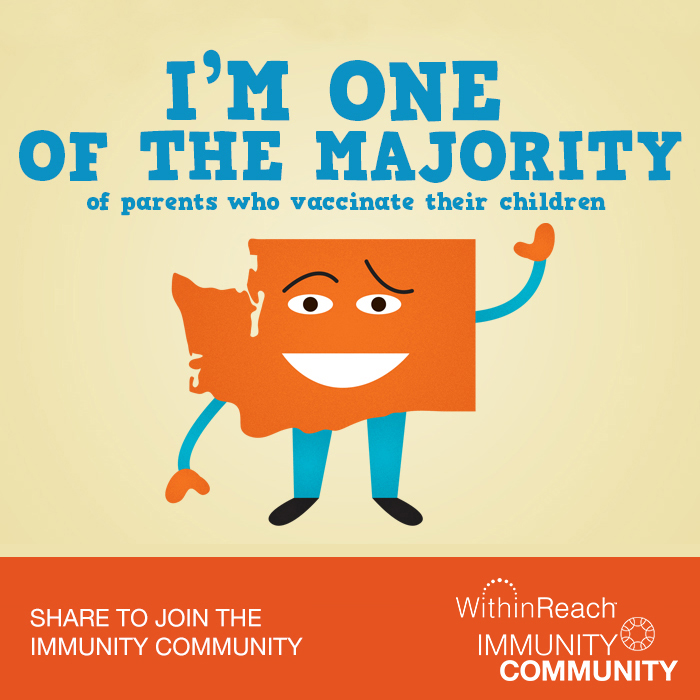 August 1, 2018Since August is National Immunization Awareness Month, we felt it’s only appropriate to highlight why the rush and overwhelm to immunize, in the summer months especially, are so crucial to maintaining health and wellness among our families and throughout our communities.With children spending the majority of the day together in a classroom during the year, it’s also the optimal breeding ground for many bacteria and viruses that can cause serious illness. Fortunately, a large portion of these illnesses can be prevented through routine immunizations. And for those with pre-existing health conditions that hinder them from being immunized themselves, we vaccinate so that they can be protected from illness, and benefit from community immunity. Read More. August 1, 2018Since August is National Immunization Awareness Month, we felt it’s only appropriate to highlight why the rush and overwhelm to immunize, in the summer months especially, are so crucial to maintaining health and wellness among our families and throughout our communities.With children spending the majority of the day together in a classroom during the year, it’s also the optimal breeding ground for many bacteria and viruses that can cause serious illness. Fortunately, a large portion of these illnesses can be prevented through routine immunizations. And for those with pre-existing health conditions that hinder them from being immunized themselves, we vaccinate so that they can be protected from illness, and benefit from community immunity. Read More.Rethinking Our Approach for Urban Indian Studies By Adrian Dominguez, MS and Rose James, PhDUrban Indian Health Institute, Seattle Indian Health Board
Summer Break with or without Hunger
Adverse Childhood Experiences and Public Health By Amy Person, MD, Director, WSPHA Board of Directors
Celebrating National Public Health WeekBy Ginny Weir, MPH, Director, Bree Collaborative 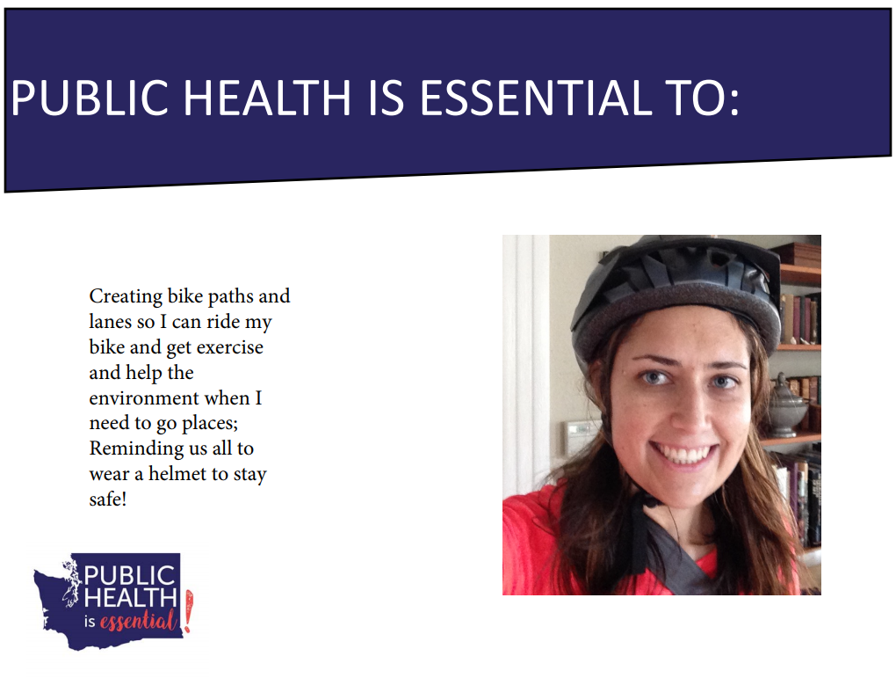 April 1, 2018 Public health is essential to building a healthier Washington and stands on foundational public health services like chronic disease and injury prevention, maternal and child family health, access to clinical care, environmental public health, vital records, and communicable disease control. Although Public health week has already passed, there are still plenty of ways to get involved and advocate for a healthy community. Read more. Legislative Education Day: What Comes Next?By Heather Thomas, MPA, Public & Government Affairs Manager, Snohomish Health District  March 1, 2018 March 1, 2018
On February 7, more than 150 public health ambassadors from around the state gathered in Olympia for our annual WSPHA Legislative Education Day. The morning session kicked off with a welcome from WSPHA president David Reyes, followed by remarks from Secretary of Health John Wiesman. Secretary Wiesman shared his perspectives on a variety of public health issues at the state and federal level. Read more Legislative Education DayBy Anne Burkland, Government Relations Specialist, Public Health Seattle and King County 
February 1, 2018
Join public health officials from across the state and have your voice heard at our annual legislative education day on February 7, 2018.Your day will begin with Secretary of Health John Wiesman. You’ll also hear from state lawmakers and your colleagues who are leading the charge for more funding dedicated to public health. You’ll be provided talking points and an opportunity to develop and practice the key messages you want your representatives to hear. Read more The Opioid Epidemic in WashingtonBy Ginny Weir, Program Director, Dr. Robert Bree Collaborative  January 1, 2018The opioid epidemic has impacted every community in Washington State. Across the country, opioid overdose is now the leading cause of accidental death. But some counties are hit harder than others and disparities exist between how racial and ethnic groups are burdened with the epidemic. Solutions must be both based in local communities and supported across the state. Our Washington state opioid response plan calls on all of us, state government agencies, local health departments, professional groups, community organizations, health care systems, and others to work together on priority areas. Read more January 1, 2018The opioid epidemic has impacted every community in Washington State. Across the country, opioid overdose is now the leading cause of accidental death. But some counties are hit harder than others and disparities exist between how racial and ethnic groups are burdened with the epidemic. Solutions must be both based in local communities and supported across the state. Our Washington state opioid response plan calls on all of us, state government agencies, local health departments, professional groups, community organizations, health care systems, and others to work together on priority areas. Read more
|
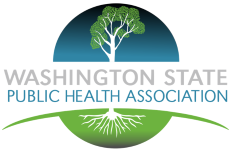
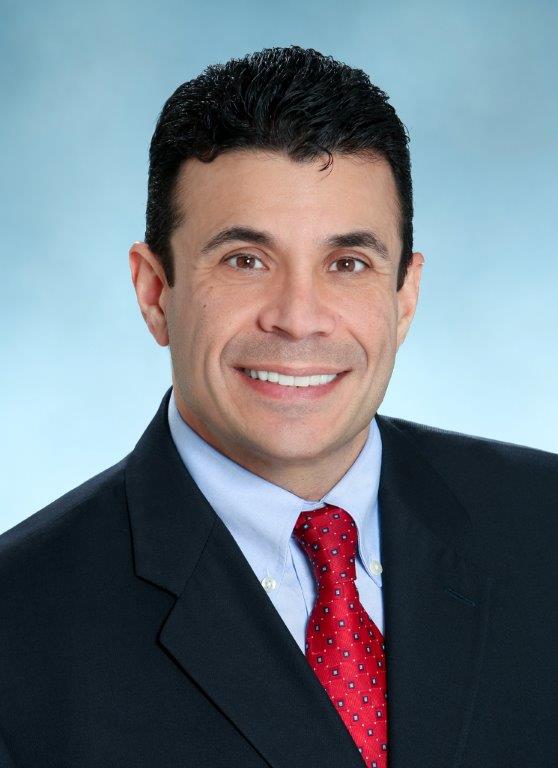
 We are the first local government in the nation to lead a county-wide effort to improve population health, and we’ve had to be creative and think outside of the box as we imagine how a region can live well. We’ve established signature events, like the Live Well San Diego 5K and Kids 1-Mile fun run (we just had our 5th annual run in July) and we connected over 3K residents with local resources and services; our seventh annual Love Your Heart, a community-based blood pressure screening event held on Valentine’s Day, which this year reached nearly 30K people, our Live Well Advance, which aligns recognized partners with each other and offers a day of opportunity to brainstorm, learn, share, grow, and network; our monthly community-led regional leadership teams as we advance local community priorities, and the resident leadership academies, of which we’ve graduated nearly 650 graduates over five years cohorts of residents who are trained to become foot soldiers for population health, advocating for policy, systems and environmental change in their own neighborhoods.We’ve also worked with other county governments to exchange ideas about how we are serving local residents in advancing wellness.
We are the first local government in the nation to lead a county-wide effort to improve population health, and we’ve had to be creative and think outside of the box as we imagine how a region can live well. We’ve established signature events, like the Live Well San Diego 5K and Kids 1-Mile fun run (we just had our 5th annual run in July) and we connected over 3K residents with local resources and services; our seventh annual Love Your Heart, a community-based blood pressure screening event held on Valentine’s Day, which this year reached nearly 30K people, our Live Well Advance, which aligns recognized partners with each other and offers a day of opportunity to brainstorm, learn, share, grow, and network; our monthly community-led regional leadership teams as we advance local community priorities, and the resident leadership academies, of which we’ve graduated nearly 650 graduates over five years cohorts of residents who are trained to become foot soldiers for population health, advocating for policy, systems and environmental change in their own neighborhoods.We’ve also worked with other county governments to exchange ideas about how we are serving local residents in advancing wellness.